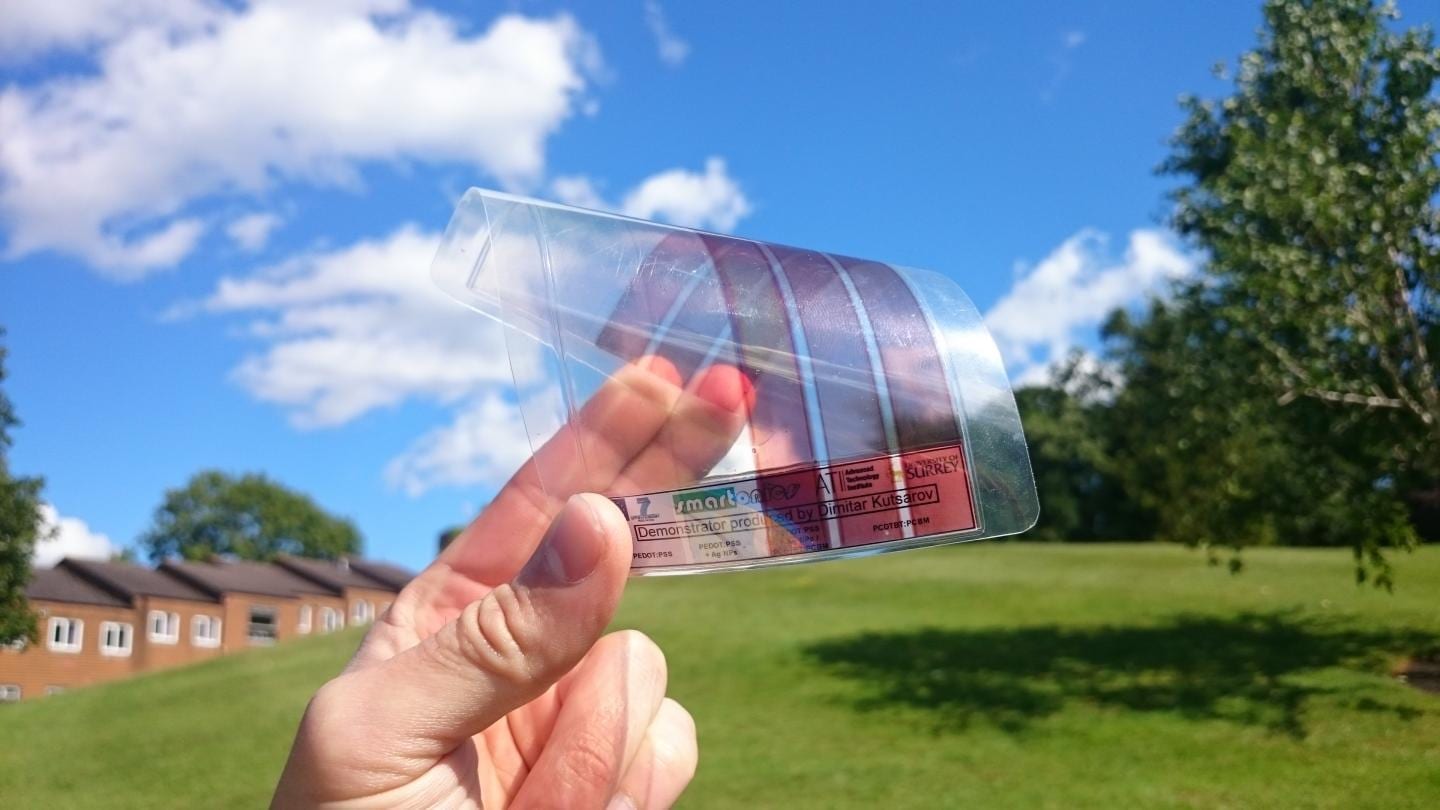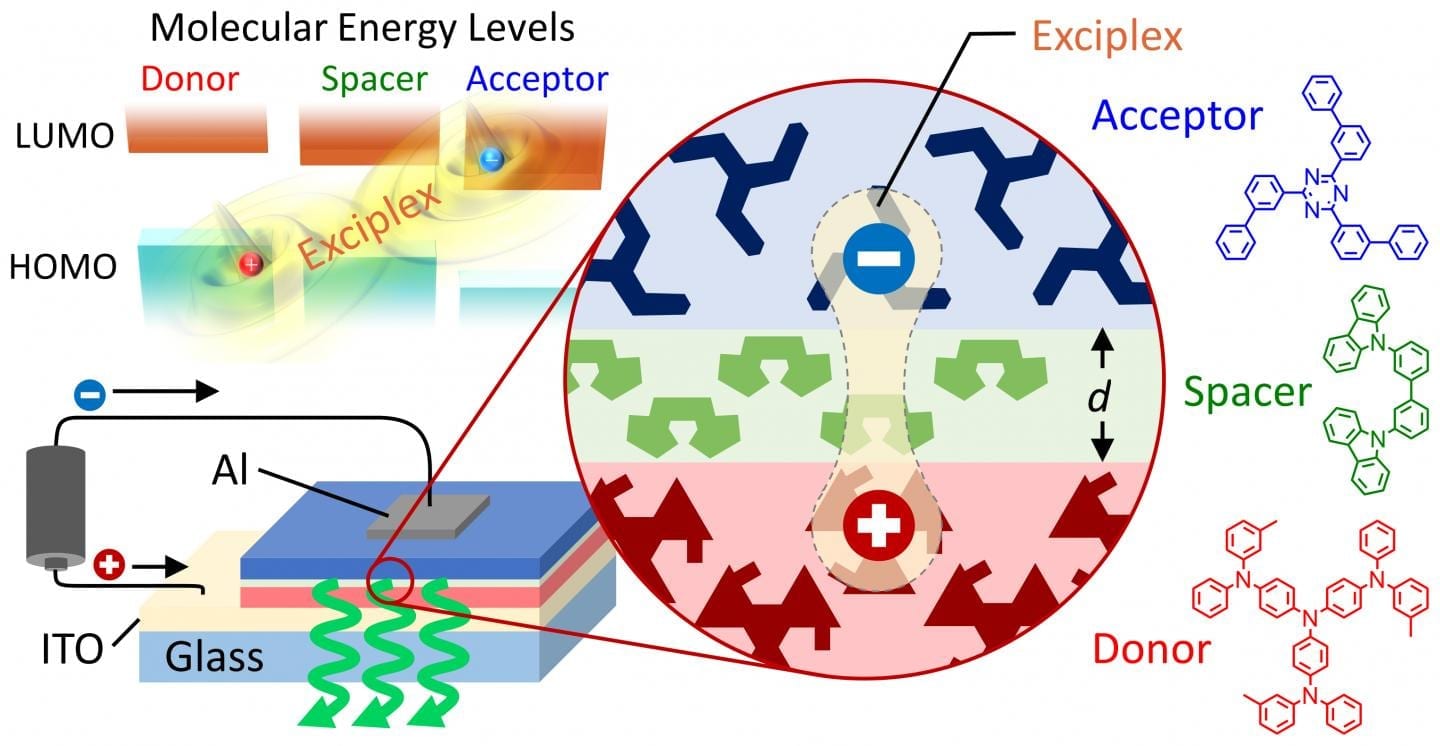
New scheme opens a door for transmitting information much faster
Merely a decade ago, people were amazed that their cellular phones could send a simple text message. Now smartphones send and receive high-resolution photographs, videos, emails with large attachments, and much more. The desire for endless data has become insatiable.
“The ability to deliver information from one location to another has played a very important role in advancing human civilization,” said Robert P.H. Chang, professor of materials science and engineering at Northwestern Engineering. “Today, we live in a digital world where the demand for the ability to transmit large amounts of data is growing exponentially.”
To meet this high demand, Chang and his team developed a means to modulate light signals in the near-infrared wavelength region. Their work demonstrates a new scheme to control infrared plasmons, opening a new door for transmitting massive amounts of information.
The research appeared online on Monday, February 22 in the Nature Photonics. Peijun Guo, a senior PhD student in Chang’s laboratory, is the paper’s first author.
A plasmon is a quantum particle that arises from collective oscillations of free electrons. By controlling the plasmons, researchers can enable optical switches, potentially permitting signals in optical fibers to be switched from one circuit to another — with ultimate high speeds in the terahertz.
Researchers have demonstrated active plasmonics in the ultraviolet to visible wavelength range using noble metals, such as gold. But controlling plasmons in the near- to mid-infrared spectral range — where noble materials suffer from excessive optical losses — is largely unexplored. Research in this area has recently attracted significant attention for its importance in telecommunications, thermal engineering, infrared sensing, light emission, and imaging.
Chang’s team successfully controlled plasmons in this technologically important range by using indium-tin-oxide (ITO) nanorod arrays. The low electron density of ITO enables a substantial redistribution of electron energies, which results in light signal modulation with very large absolute amplitude. By tailoring the geometry of the ITO nanorod arrays, researchers could further tune the spectral range of the signal modulation at will, which opens the door for improved telecommunications and molecular sensing.
“Our results pave the way for robust manipulation of the infrared spectrum,” Chang said.
Learn more: Using Plasmonics to Transmit More Data
The Latest on: Plasmonics
[google_news title=”” keyword=”Plasmonics” num_posts=”10″ blurb_length=”0″ show_thumb=”left”]
via Google News
The Latest on: Plasmonics
- Nathan Lindquiston April 16, 2024 at 3:27 pm
Dr. Lindquist received his M.S. in Physics and his Ph.D. in Electrical Engineering at the University of Minnesota. He teaches several upper-division courses in physics and engineering but also enjoys ...
- Nanophotonics and plasmonics articles from across Nature Portfolioon April 14, 2024 at 5:00 pm
Nanophotonics and plasmonics is the study of light at the nanometre-scale. Light can only be focused to a spot roughly half its wavelength in size (a few hundred nanometres for visible light).
- Ultrafast plasmonics for all-optical switching and pulsed laserson March 25, 2024 at 10:46 am
Plasmonics is playing a crucial role in advancing nanophotonics, as plasmonic structures exhibit a wide range of physical characteristics that are benefited by localized and intensified light-matter ...
- Ultrafast plasmonics for all-optical switching and pulsed laserson March 24, 2024 at 5:00 pm
Plasmonics is playing a crucial role in advancing nanophotonics, as plasmonic structures exhibit a wide range of physical characteristics that are benefited by the localized and intensified light ...
- Chiral Plasmonics: Revolutionary Light Manipulation with Nanostructureson March 9, 2024 at 4:39 am
Chiral plasmonics has paved the way for breakthroughs in several areas, demonstrating the practical impact of this technology. Here are two compelling real-world examples: Biosensing for Early Disease ...
- Understanding Plasmonics in Nanotechnologyon March 9, 2024 at 4:39 am
At the intersection of nanotechnology and optics lies plasmonics, a specialized field that explores the intricate interactions between electromagnetic field waves and free electrons on metal surfaces.
- Quantum Nano-Plasmonicson December 6, 2023 at 11:08 pm
Jacak, Janusz E. and Jacak, Witold A. 2020. Material dependence of plasmon-induced efficiency enhancement of solar cells metal-nano-modified. p. JTh4A.28.
- ELEC_ENG 395, 495: Introduction to Nanophotonics and Plasmonics Science and Technologyon October 3, 2020 at 3:35 pm
We will cover topics that will enable students to gain a basic knowledge in key areas in nanophotonics, plasmonics, metamaterials, and nano/micro lasers. This is a rapidly growing field that will have ...
- JCMwave GmbHon July 30, 2019 at 4:51 am
Key application areas of JCMwave's advanced finite-element solver "JCMsuite" include computational lithography and metrology, light trapping in solar cells, silicon optics, VCSELs, photonic crystal ...
- Chapter 8: Sub-Wavelength Optics Towards Plasmonicson February 19, 2018 at 2:51 pm
This chapter will ignore all aspects dealing with photonic crystals (which is covered by other authors in this book) in order to bring to the fore the potential of sub-wavelength plasmonics devices as ...
via Bing News










